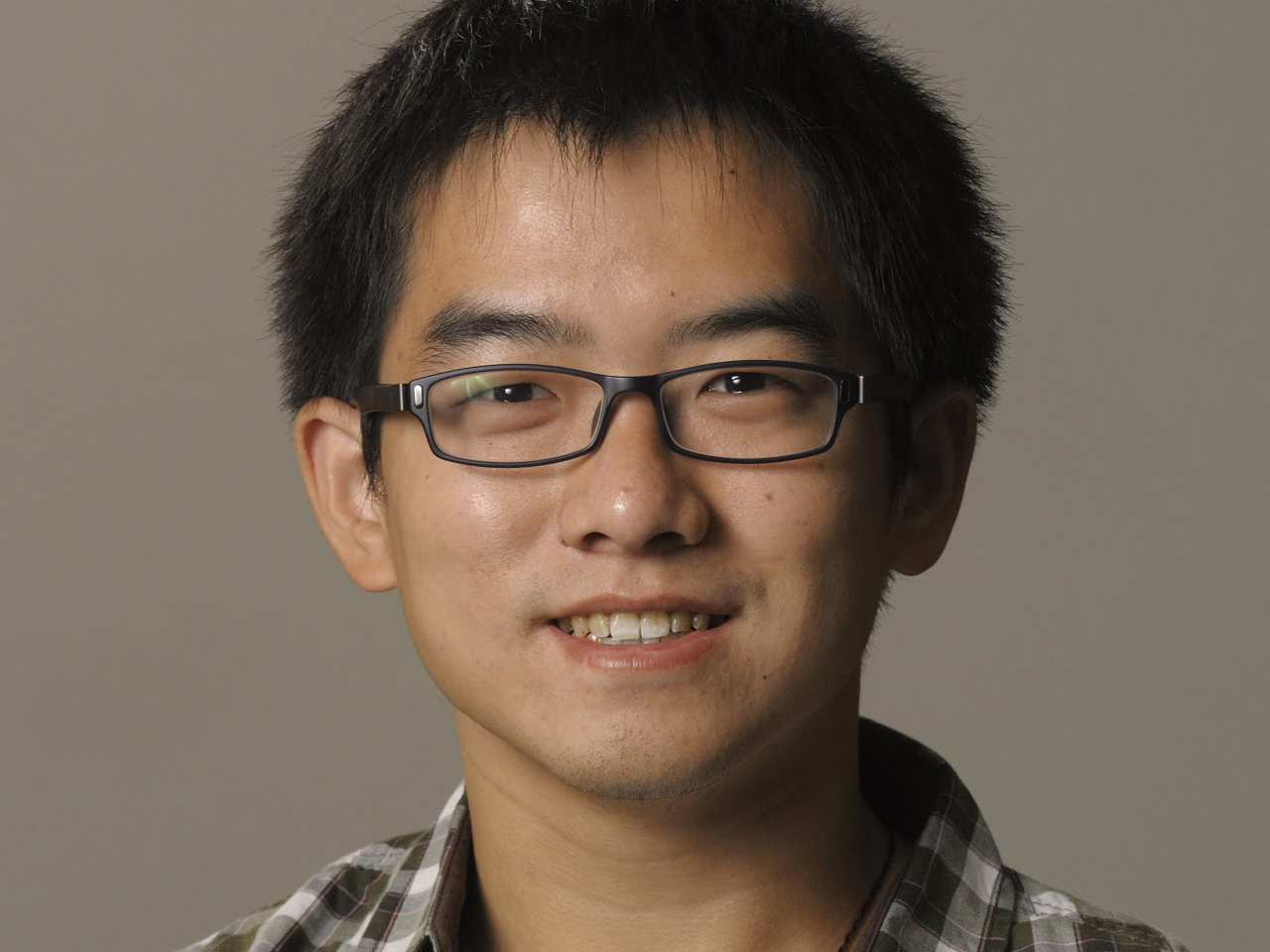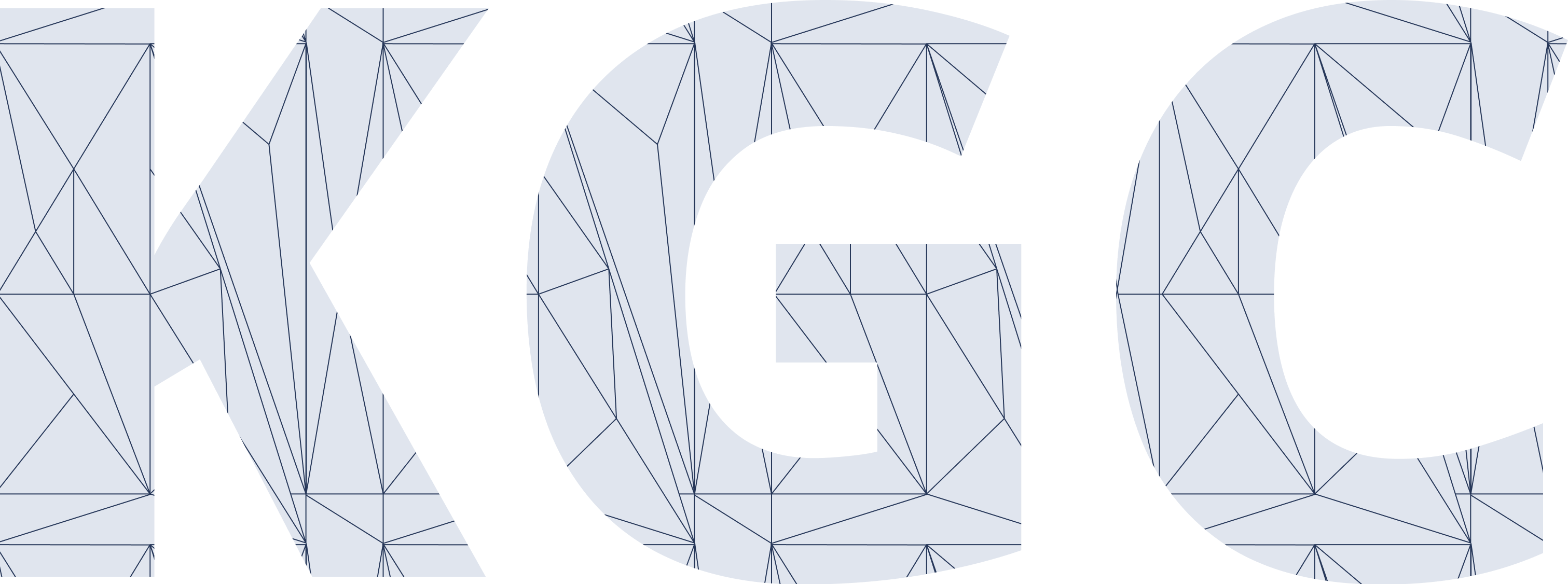Atlas Wang

UT Austin
Assistant Professor
Biography
Professor Zhangyang “Atlas” Wang is currently an Assistant Professor and Fellow of the Jack Kilby/Texas Instruments Endowed Faculty Fellowship in Computer Engineering in the Department of Electrical and Computer Engineering at The University of Texas at Austin. He was an Assistant Professor of Computer Science and Engineering, at the Texas A&M University, from 2017 to 2020. He received his Ph.D. degree in ECE from UIUC in 2016, advised by Professor Thomas S. Huang; and his bachelor degree in EEIS from USTC in 2012. Prof. Wang is broadly interested in the fields of machine learning, computer vision, optimization, and their interdisciplinary applications. His latest interests focus on automated machine learning (AutoML), learning-based optimization, machine learning robustness, and efficient deep learning. His research is gratefully supported by NSF, DARPA, ARL/ARO, as well as a few more industry and university grants. He has received many research awards and scholarships, including most recently an ARO Young Investigator award, an IBM faculty research award, an Amazon research award, a Young Faculty Fellow of TAMU, and four research competition prizes from CVPR/ICCV/ECCV.
Talks and Events
2022 Talk: Inductive Graph Neural Networks For Transfer Learning
Transfer learning across graphs drawn from different distributions (domains) is in great demand across many applications, yet the empirical performances vary and the in-depth understanding has been lacking. In this talk, I will first introduce our recent efforts on using inductive graph neural networks (GNNs) to solve the general cold-start problem of isolated “tail” nodes, transferring knowledge from the “head” nodes in the same graph yet with much richer neighborhood information. I will then dive into a special structured case of of graph transfer learning: given two graphs where nodes in the first graph (source) are well connected to each other while only sparse links are observed in the second graph (target), our aim is to predict links in the target graph by leveraging the source graph’s richer information. We demonstrate that selectively leveraging the structural overlap will yield consistently stronger performance over a few common alternatives. Those techniques have been validated on both public academic benchmarks and real e-commerce datasets.
